06 Apr 2021
Unlocking the power of mushrooms
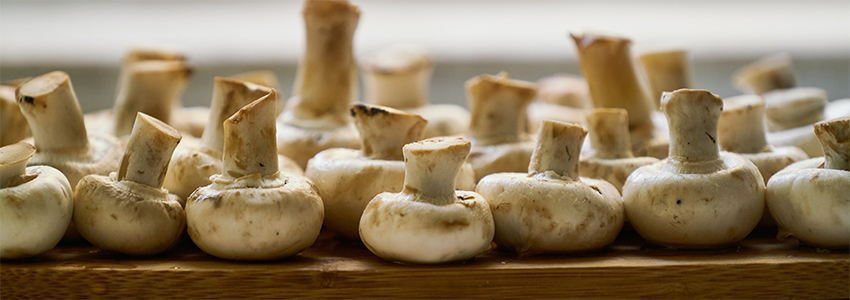
Porcini, morels, chanterelles, truffles… our forests and woods are full of fungal epicurean delights. Mushrooms, "the fleshy, spore-bearing fruiting body of a fungus", are eaten by French people at a rate of 1.5kg per person per year (source).
More than 100,000 different species of fungus have been identified, including a little over 1,100 edible varieties, and around 500 varieties are used for traditional medicine (source).
Outside of the obvious markets for fresh mushrooms, there are a number of other applications using fungi: functional ingredients, mycoremediation, medicine etc. Did you know that mushrooms can be a great source of vitamin D? Or that they can be used to make packaging materials?
What are the existing innovations using fungi? What functionalities do they have as ingredients? And what other technological applications are emerging?
Here are a few ideas to feed your inspiration.
The mushroom, a not so humble ingredient
Mushrooms have a number of documented nutritional benefits. They are high in protein and soluble dietary fibre that aids digestion, and they are also an important source of minerals and of vitamin B. They are low in calories (less than 30 calories per 100g of cooked button mushrooms, for example), which makes them a worthy addition to a balanced diet (source).
A source of protein
Higher in protein than most fresh vegetables (around 3g of protein per 100g of mushroom), mushrooms are recognised as an interesting alternative to meat.
The German start-up Walding Foods has developed chicken substitutes using the Laetiporus variety of mushroom, which also has the sobriquet “chicken of the woods”. Indeed, the flesh of this mushroom when young has significant similarities to chicken in terms of flavour and fibrous texture. When sliced, it is even visually similar to strips of chicken fillet. The start-up sells products ranging from mushroom “nuggets” to minced mushroom (source).
La révolution champignon, a member of Vitagora who is also an alumnus of the ToasterLAB acceleration program, produces their own organic mushrooms (oyster mushrooms, shiitakes etc.) that they turn into ready-to-eat dishes: ‘bolognaise’ sauces, meat(less)balls or meat-free patties made from oyster mushrooms. These products follow the clean label trend with a minimal list of ingredients and a low processing level (they have the ‘Gold’ rating given by the Siga scoring system).
A functional ingredient
According to Transparency Market Research, the global market for mushrooms will grow by 8.2% per year and increase from 34.1 billion dollars in 2015 to 69.4 billion dollars in 2024 – this growth is attributed to an increased interest in mushrooms as a functional ingredient (source). Illustrations of this trend can be found in food products where the benefits of mushrooms are expressed in terms of “wellness”. The companies Superfoodies and Mushup market ranges of coffee with added “medicinal” fungi, promising cognitive benefits to consumers: there is the “Relax” coffee with reishi extract, and the “Focus” coffee with added chaga. The start-up Mycelab has also developed a range of dietary supplements based on mushrooms already used in Asian traditional medicines: reishi, shiitake, Agaricus subrufescens, cordyceps, Hericium erinaceus etc.
Beyond their use as a functional ingredient, mushrooms can be used as dietary supplements. Two companies, PLT Health Solutions and Scelta Mushrooms have received novel food approval from the European Food Safety Authority (EFSA) to sell their mushroom-based vitamin D supplement (in a powder or dried pieces). Scelta Mushrooms exposes button mushrooms, normally cultivated in the dark, to UVB rays, a type of ultraviolet light that makes up a large part of sunlight. This causes a provitamin found in the mushrooms called ergosterol to convert itself into vitamin D2 and thus naturally enrich the product in this nutrient.
Mushrooms are continuing to reveal new areas of study. Research carried out in 2018 by the University of Pennsylvania indicated that mushrooms could have a prebiotic effect that reduces the risk of type 2 diabetes.
The functionality of a mushroom-based ingredient can also be of interest for food processing. In 2018, Unilever filed a patent for “Aerated food products” for which a mushroom protein extract from Volvariella volvacea improved the stability of a foam.
Technological applications for fungi
Solid state fermentation (SSF)
What does sauerkraut, soy sauce and camembert have in common? You guessed it: each of these foods is produced using the process of solid state fermentation, which is used to cultivate microorganisms, often filamentous fungi, on solid substrate.
Using little water or energy, SSF is above all a natural process, as Stéphanie Sutter of Sayens reminds us: “Unlike liquid state fermentation, SSF doesn’t use a synthetic medium. That makes it a very interesting method for food manufacturers looking for clean label ingredients.”
There are many new applications emerging using SSF. For example, the American company MycoTechnologies has developed ClearTaste, a natural ingredient used to block bitter taste that allows a 40 to 50% reduction in sugar. This ingredient is manufactured from the fermented filament-like roots, or ‘mycelium’, of fungi (source). You can find more information on SSF in our article “Solid state fermentation: a solution for improving and adding value to food” in our resource centre (reserved for Vitagora members).
Unexpected technological applications
The vegetative part of a mushroom, the mycelium, presents a number of interesting characteristics. It is light, shock resistant, an excellent acoustic or heat insulator, and is also non-flammable. Is it biodegradable and can be cultivated on agricultural waste products, making it easy and sustainable to produce. All this makes fungi a source of interest for non-food applications… as a material for textiles, furniture or even buildings. The company Bolt Threads, for example, has developed a new material called Mylo made from mycelium as a substitute for both leather and its synthetic imitations.
In a context where consumers and food manufacturers are seeking to reduce their dependence on plastics (read our blog article on this topic), the characteristics of mycelium are offering a number of perspectives. For example, mycelium can replace polystyrene or plastic bubble wrap for packaging needs. The company Embelium has also developed 100% biodegradable and compostable mycelium packaging to protect glass bottles or pots.
It seems that mushrooms have many more secrets to reveal!
Subscribe to our blog!
Innovators around the world are continuing to study fungi and their various facets. To continue to get updates on agri-food business innovations, trends and best practices, subscribe to our blog (2 to 3 articles per month).




 Home
Home

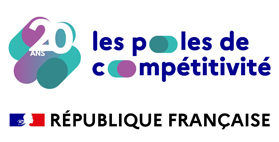

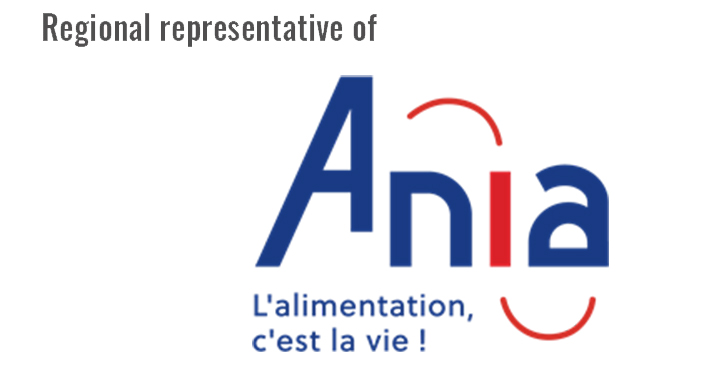
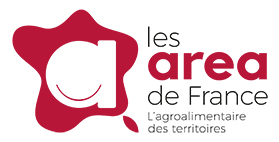

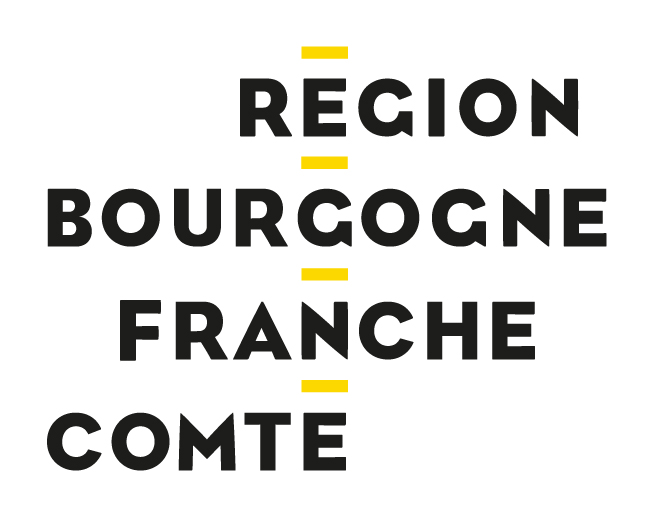
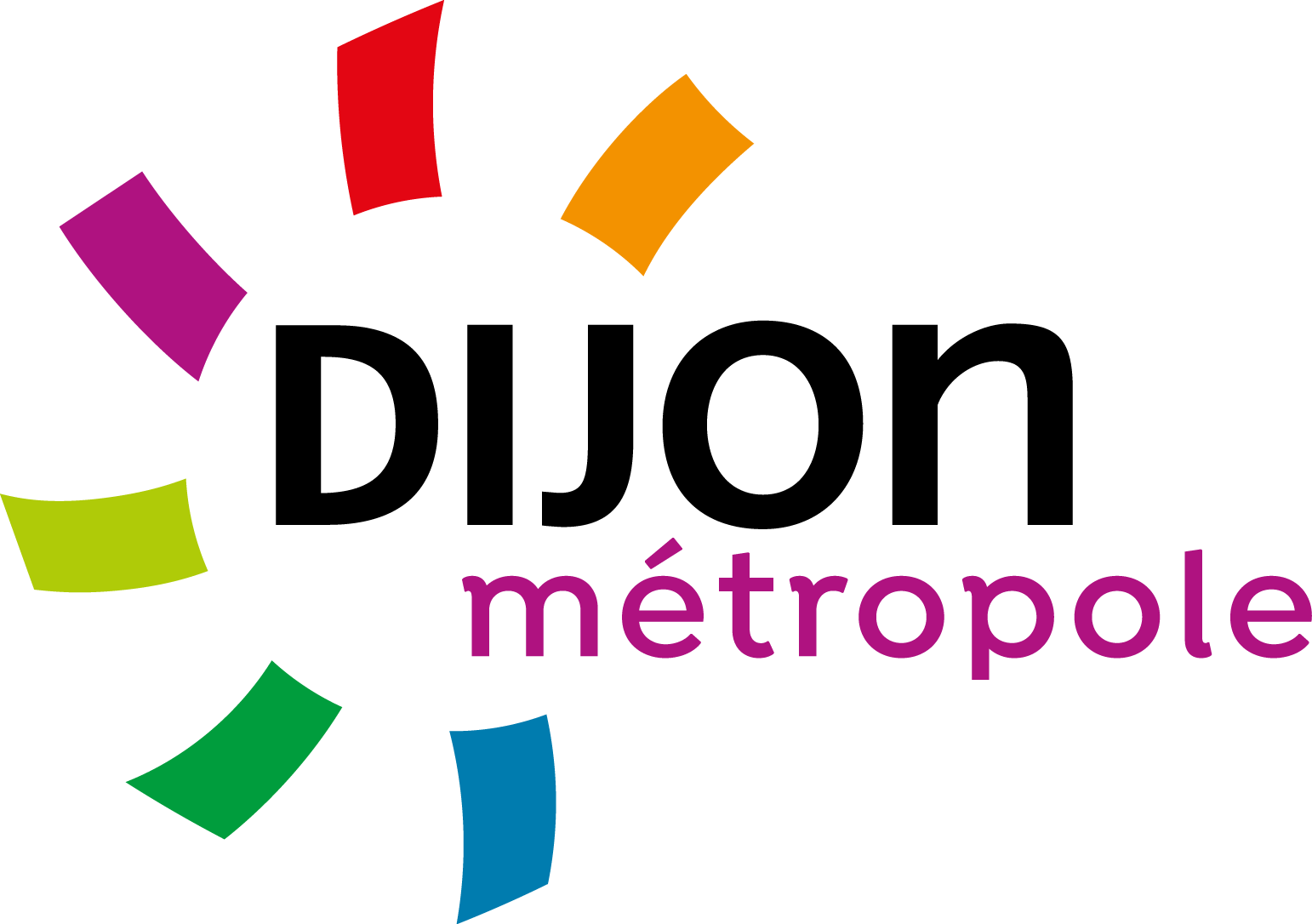









Share your opinion